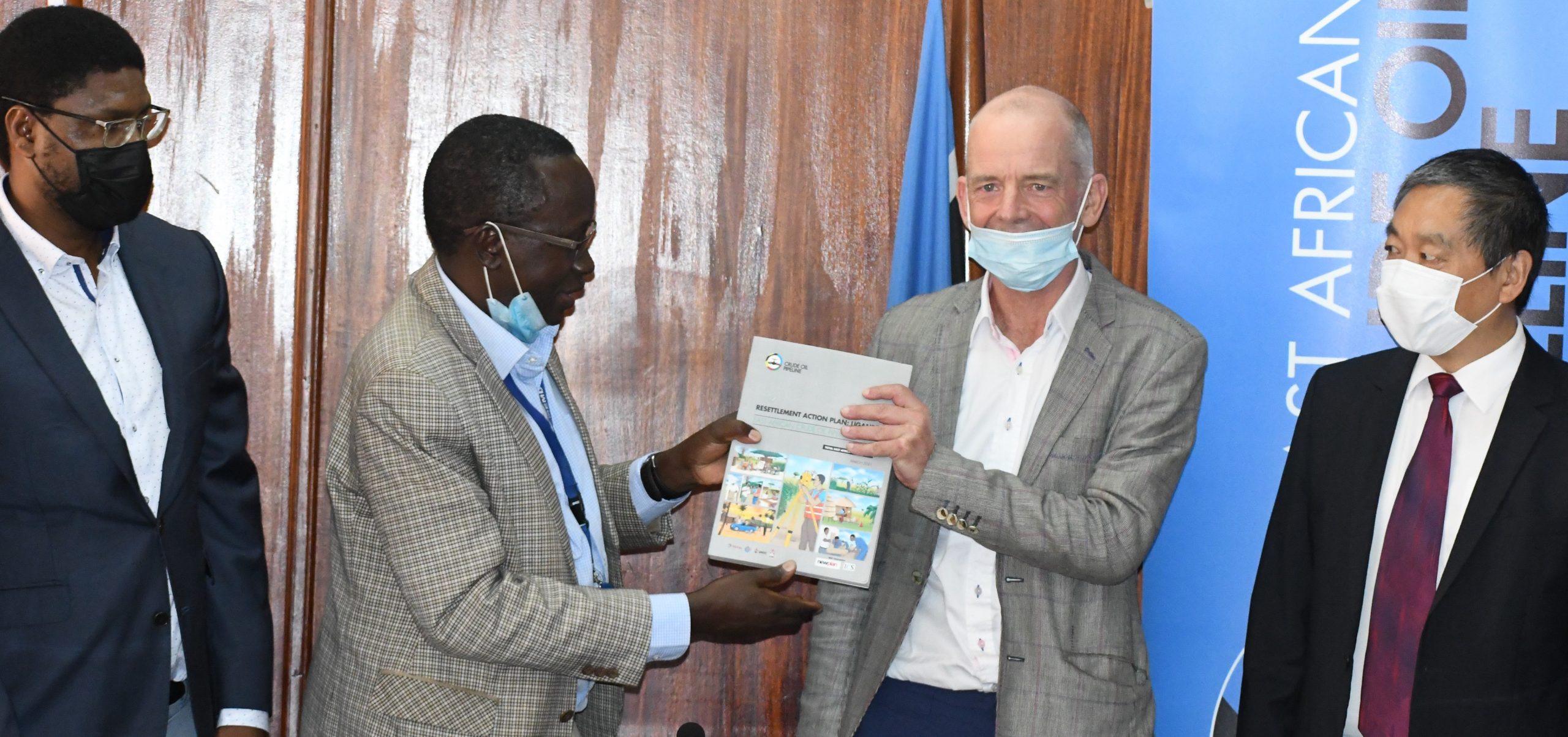
Government through the Ministry of Energy and Mineral Development has today, approved the Resettlement Action Plan for the East African Crude Oil Pipeline (EACOP) project.
This approval is specific to Uganda section of the project, and paves way for the implementation of the second phase of the land acquisition and resettlement process which involves completing the acquisition of land and securing the rights to the land, including payment of compensation and resettlement of affected households.
“The land acquisition process has been undertaken in compliance with Ugandan Law and International Finance Corporation (IFC) principles. Extensive work has gone into the preparation of the Resettlement Action Plan (RAP) to ensure an efficient implementation and that all affected persons are fairly compensated”, said Mr. Honey Malinga, the Director Petroleum at the Ministry of Energy and Mineral Development.
Mr. Martin Tiffen, the General Manager, EACOP Project said this was a significant milestone for the EACOP and as a result, several years of consultations, research and engagement with the different stakeholders and communities along the pipeline route.
EACOP is a 1,443km crude export pipeline system that will transport Uganda’s crude oil from Kabaale – Hoima District in Uganda to a maritime port facility on the Chongoleani peninsula Tanga in Tanzania. This export system, (296km in Uganda and 1,147km in Tanzania), comprises a 24inch insulated buried pipeline, six (6) pumping Stations (2 in Uganda and 4 in Tanzania) and a maritime export terminal.
The section in Uganda will traverse ten (10) districts; Hoima, Kikuube, Kakumiro, Kyankwanzi, Mubende, Gomba, Sembabule, Lwengo, Rakai and Kyotera; Twenty – seven (27) Sub-counties, three (3) Town Councils and one hundred seventy-one (171) villages.
The project’s permanent land requirements cover the crude oil pipeline corridor, Above Ground Installations (AGIs) such as pump stations, access roads and four construction camps and pipe yards. In Uganda, these land requirements total approximately 2,740 acres or approximately 1,109 hectares (ha). Most of this (over 90%) relates to the 30m wide construction corridor for the export pipeline and AGUs, with the remainder for temporary construction facilities and access roads.
#End
